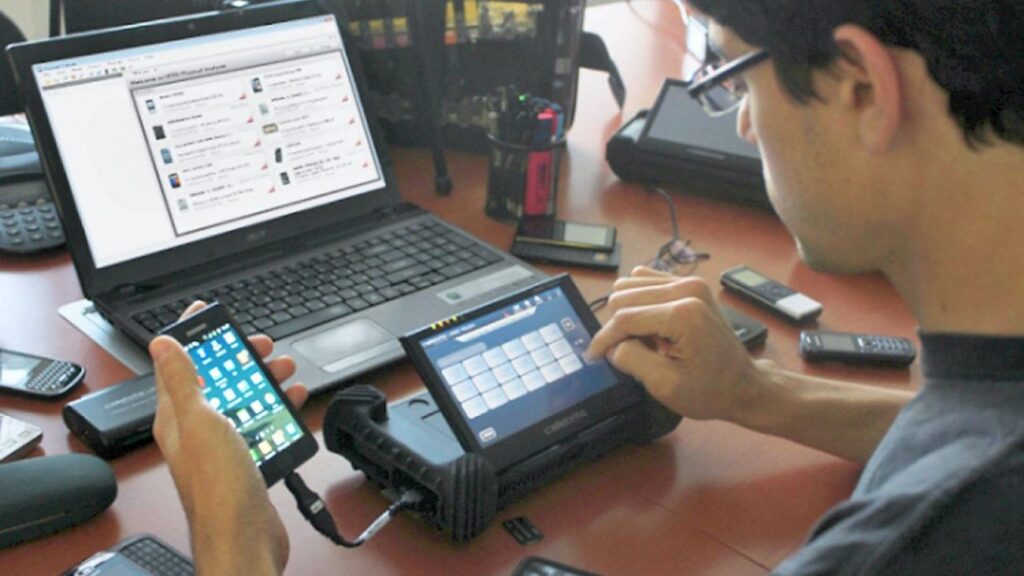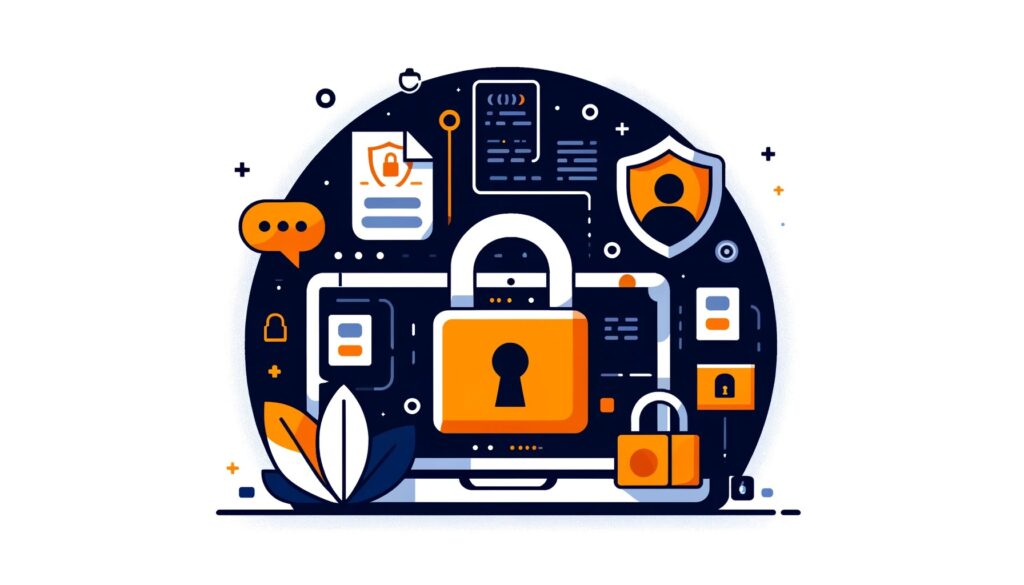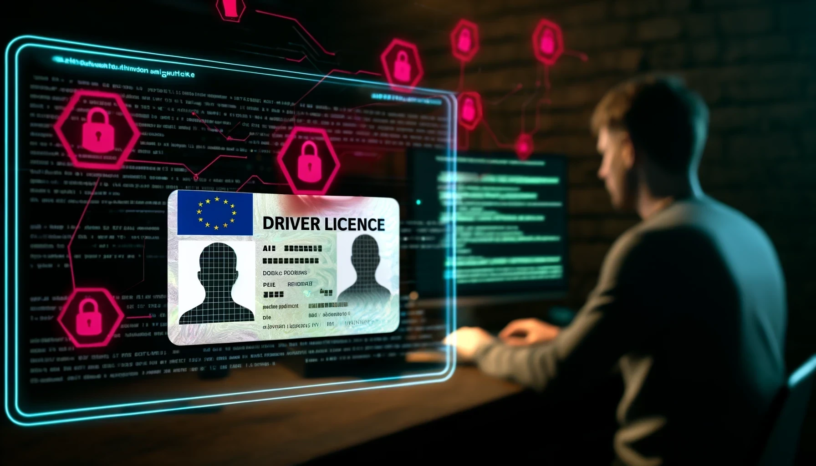Archetyp Darknet Empowers Users with Transparent Private Technology Layers
Archetyp Darknet represents a significant leap in the development of privacy-focused technologies, aiming to empower users by providing an innovative platform that blends transparency with privacy. As digital landscapes continue to evolve, ensuring a secure and anonymous online presence becomes increasingly crucial. The Archetyp Darknet accomplishes this by introducing a unique set of technologies designed to protect user identities while offering greater transparency than typical privacy networks. The core philosophy behind Archetyp Darknet is to bridge the gap between the need for privacy and the demand for transparency. Traditional darknet technologies often focus primarily on anonymity, sometimes at the expense of clarity regarding data flow, security protocols, and network structure. Archetyp, however, presents a bold new approach by layering advanced cryptographic techniques with transparent architectural designs; ensuring users have both a secure browsing experience and a clear understanding of how their data is being managed.
At its foundation, Archetyp Darknet uses a decentralized network that eliminates the need for centralized control. This approach reduces the risk of data breaches or surveillance since there is no single entity capable of intercepting or controlling user data. By integrating robust encryption mechanisms, the platform guarantees that all communication is secure and cannot be accessed by third parties. However, what sets Archetyp onion link apart is its transparency feature, which allows users to verify the integrity of the system and confirm that their data is being handled according to the highest standards of privacy protection. In practice, this means users are not only protected from unwanted surveillance or data exploitation but also gain a greater sense of control over their personal information. Archetyp Darknet employs open-source protocols and offers detailed documentation about its security measures, providing users with an unprecedented level of insight into the technologies they are using. This transparency fosters trust, allowing users to engage with the network confidently, knowing that the privacy features are both effective and clearly communicated.
Another key aspect of Archetyp Darknet is its commitment to adaptability and future-proofing. As the digital threat landscape evolves, the platform continuously updates its technologies to stay ahead of emerging risks. This proactive approach ensures that users can rely on Archetyp for long-term privacy protection. Whether it is enhancing encryption methods, introducing new anonymity layers, or refining transparency protocols, Archetyp is built to respond to the ever-changing needs of the digital age. In conclusion, Archetyp Darknet represents a new era in privacy technology one where users can benefit from cutting-edge security features without sacrificing transparency. By combining decentralized architecture, robust encryption, and open-source principles, Archetyp ensures that privacy remains within reach while offering clear visibility into how that privacy is safeguarded. This balance of privacy and transparency positions Archetyp as a pioneering force in the ongoing quest for secure, private digital communication.





